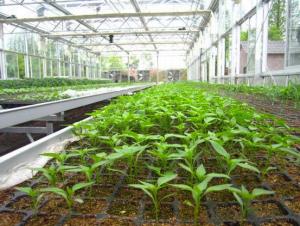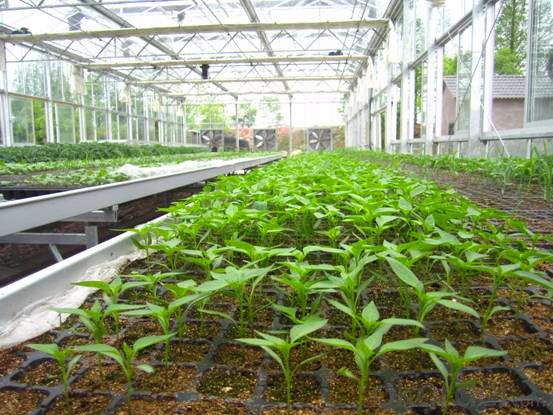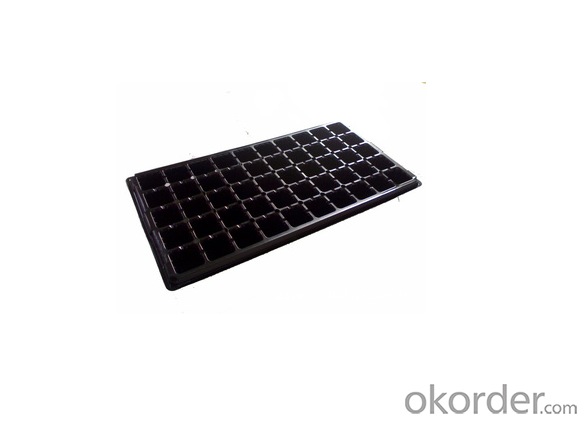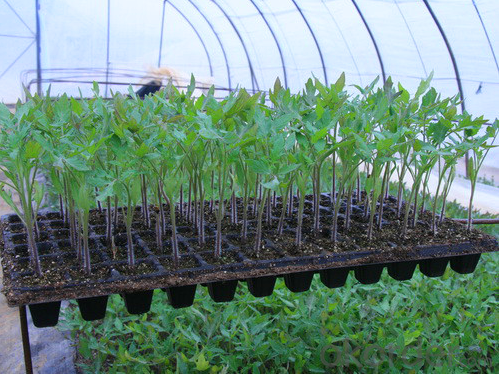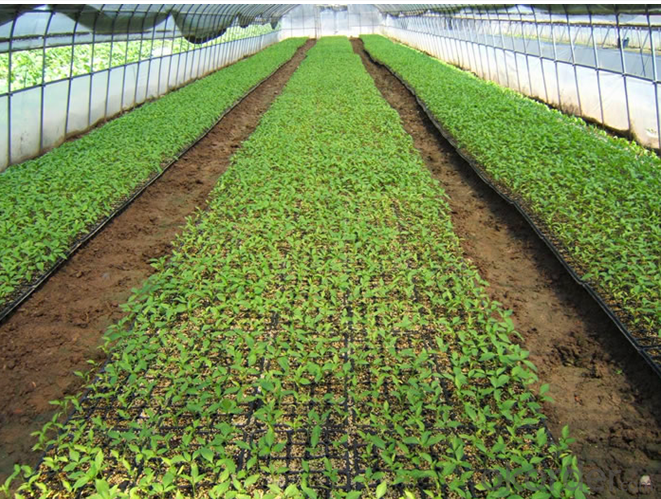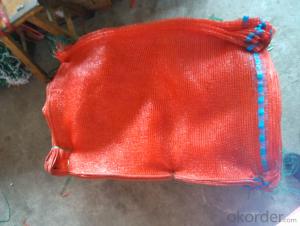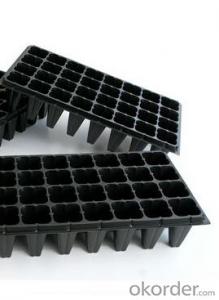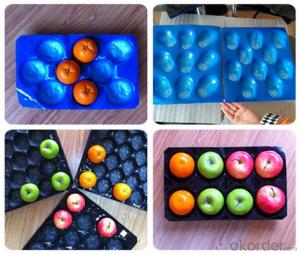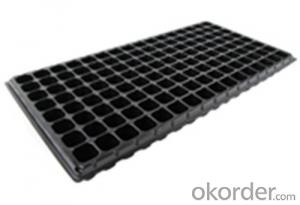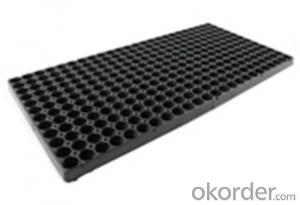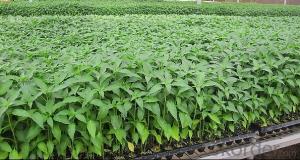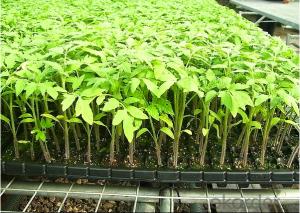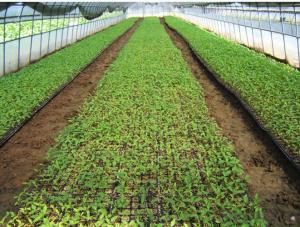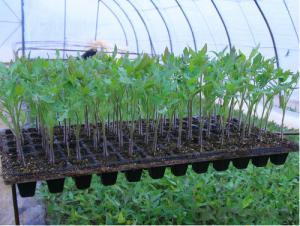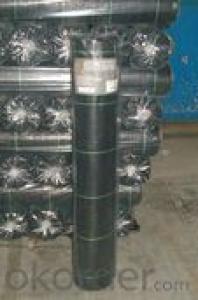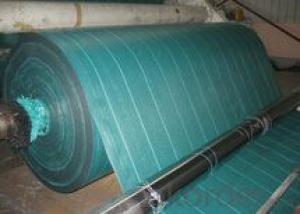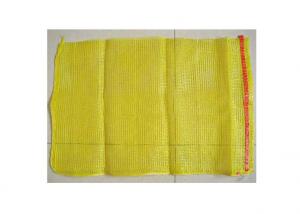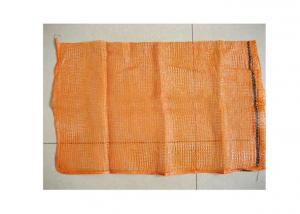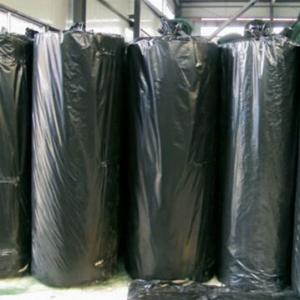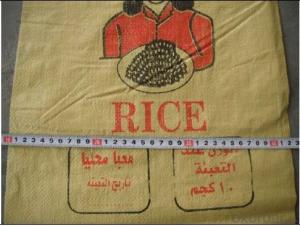(Growing and Seedling) Greenhouse Usage Flat Tray Plug Trays HIPS Made Plastic
- Loading Port:
- China main port
- Payment Terms:
- TT OR LC
- Min Order Qty:
- 3000 pc
- Supply Capability:
- 50000 pc/month
OKorder Service Pledge
OKorder Financial Service
You Might Also Like
Brief Introduction to CNBM:
CNBM International Corporation (CNBM International) is the most important trading platform of CNBM Group Corporation, a state-owned company under the direct supervision of State-owned Assets Supervision and Administration Commission of the State Council.
CNBM International is highly recognized by its business partners and clients all over the world and has obtained rapid development under the spirit of win-win. We will carry on the mutual beneficial, innovative and revolutionary trading structure as we did before, create value for our employees, share holders and clients and benefit the whole society in our future development.
Features of Plug Trays (Growing and Seedling) HIPS Made Plastic Plug Tray for Greenhouse:
· Material: HIPS
· Thickness: 0.5mm-1.5mm, Standard:1mm
· Weight: 80g(±5)g-230g(±5)g, Standard weight:155g(±5)g
· Size: length:490mm-540mm, width:190mm-345mm,depth:25mm-150mm
· Standard:540mmX280mm
· Cell count: 18-512
· Package: In Carton
· Warrenty: 8-10 times
Picture:

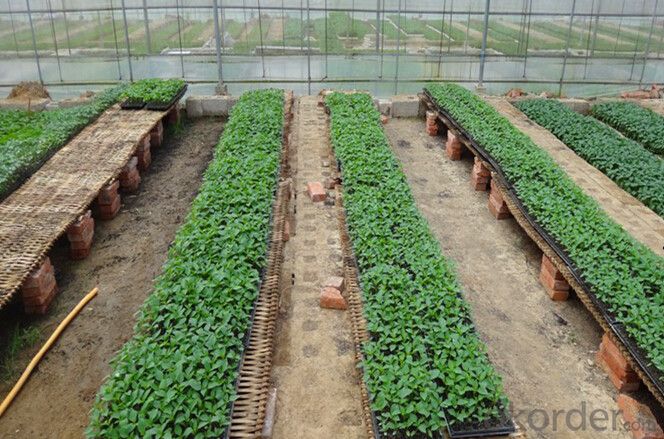
Specification of Plug Trays (Growing and Seedling) HIPS Made Plastic Plug Tray for Greenhouse:
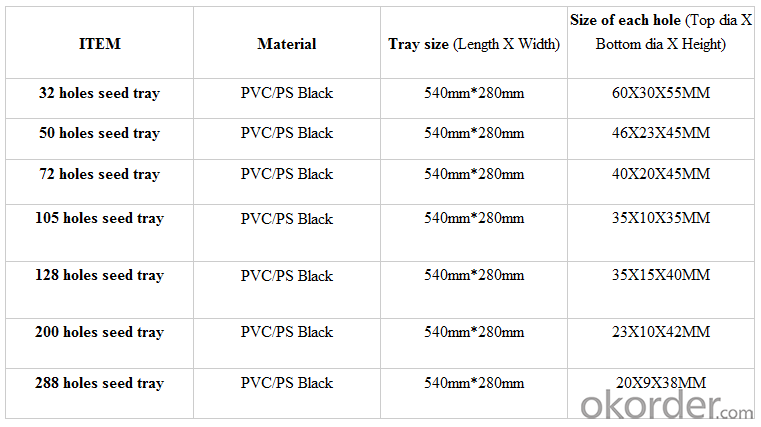
FAQ of Plug Trays (Growing and Seedling) HIPS Made Plastic Plug Tray for Greenhouse:
Q:1.How many times can the seed tray be used?
A: Under the same environment, it is decided by the thickness. Usually 0.6mm thickness can be used for 1 or 2 times.
1.0 thickness can be used for 3-4 times. 1.5 thickness can be used for 8-10 times.
Q: 2.How long is the production time?
A: Usually one to two weeks.
Q: 3.How is the seed tray being packaged?
A: They can be packaged in carton or pallets. Carton size is 1375px*725px*1250px.
- Q: How do you prevent ground cover from spreading into unwanted areas?
- One effective way to prevent ground cover from spreading into unwanted areas is by installing physical barriers such as plastic or metal edging or landscape fabric. These barriers can be buried slightly into the soil to create a boundary that restricts the growth and spreading of the ground cover. Regular maintenance, such as trimming or pruning, should also be carried out to prevent any overgrowth and to keep the ground cover within its designated area.
- Q: I'm doing a project and wondering if i can use young's module to calculate the elasticity of a material.young's module can only be used for isotropic materials which means the same in all directions, but i'm not sure if plastic is....thanks!
- You can still use Young's modulus in anisotropic materials, but you will need to know its value along the specific direction you apply the force. Anyway, most usual plastics are isotropic, because they are made by pouring the melted plastic into shapes and letting it solidify. Most plastics don't have a distinct fiber-like structure (like wood does). Even if they are made of strands of molecules (polymers), the anisotropic quality is usually confined to microscopic dimensions, while macroscopically plastics behave in an isotropic way. In tables with Young's modulus values you will also find plastics, which means that they have a sufficiently small anisotropy so that a single Young's modulus value be listed. Everyday use plastics, such as polyethylene, polystyrene, acrylic, etc., don't show any perceivable anisotropy when we use them, unlike wood for instance (that's why it is common to see ply-wood, made of cross-grained layers, but not ply-plastic). Sure enough, you will have anisotropy problems in materials like carbon fiber-reinforced plastics.
- Q: This question asks for instances where plastic products have been effectively utilized in agriculture.
- <p>Successful agricultural plastic product usage includes: 1) Greenhouses made from plastic films that provide a controlled environment for year-round crop growth. 2) Mulching films that help retain soil moisture, suppress weeds, and regulate soil temperature. 3) Silage wrap, a plastic film used to wrap and preserve forage crops, enhancing feed quality. 4) Plastic drip irrigation systems that conserve water by delivering it directly to plant roots. 5) Plasticulture, the use of plastic films to cover soil for weed control and moisture retention in horticulture. These applications have significantly improved crop yields, reduced water usage, and increased efficiency in agriculture.</p>
- Q: This question asks if it's possible for farmers to utilize recycled agricultural plastics in their fields.
- <p>Yes, farmers can use recycled agricultural plastic products in their fields. Recycled plastics are often used in the form of mulch films, which can help with weed control, water conservation, and temperature regulation. Additionally, recycled plastic can be used to create irrigation systems, fencing, and other agricultural infrastructure. However, it's important for farmers to ensure that the recycled plastics meet quality standards and are safe for use in agriculture to avoid contamination of crops or soil.</p>
- Q: i just got a plastic filling in my tooth to seal a lingual cavity. are plastic fillings still just as secure?
- It isn't really plastic..it is also known as a composite or resin filling. It is actually stronger because It bonds with the collagen in the tooth enamel. it isnt just shoved into a drilled hole like an amalgam filling it is bonded to the dentin or enamel. it will hold for much longer. also another plus is because it is not metal it will not conduct as much cold or heat, helps with sensitive teeth.
- Q: How do agricultural plastic products help with hydroponic nutrient film technique?
- Agricultural plastic products play a crucial role in hydroponic nutrient film technique by providing essential components such as channels and troughs. These plastic materials help create a controlled environment for the nutrient solution to flow and distribute evenly across the plant roots. They also prevent water loss through evaporation and minimize contact with air, ensuring optimal nutrient uptake and water efficiency in hydroponic systems.
- Q: What types of plastic bags are used for packaging agricultural products?
- The types of plastic bags commonly used for packaging agricultural products include polyethylene bags, polypropylene bags, and biaxially oriented polypropylene bags. These bags are durable, moisture-resistant, and provide protection to the agricultural products during transportation and storage.
- Q: This question asks about the methods farmers employ to safeguard their crops from frost damage using plastic covers in agriculture.
- <p>Farmers use agricultural plastic covers, often called frost protection covers or frost blankets, to insulate crops from frost damage. These covers are lightweight, transparent, and permeable to light, allowing photosynthesis to continue while trapping heat. They are typically placed directly on the plants or over rows using hoops or frames. At night, when temperatures drop, the covers reduce heat loss by forming a barrier that slows the escape of warm air. This helps to maintain a warmer microclimate around the plants, preventing frost formation. In the morning, the covers can be removed to let in fresh air and sunlight. This method is particularly effective for protecting tender crops like leafy greens, flowers, and early-season vegetables.</p>
- Q: the plastic glide on the top of my metal shed door is broken. i would like to replace it only.
- Shed Door Replacement
- Q: How do you choose the right ground cover for your particular landscape?
- Choosing the right ground cover for your particular landscape involves considering factors such as the climate, soil type, amount of sunlight, and intended purpose of the area. Additionally, you should assess the maintenance requirements, growth rate, and overall aesthetic appeal of potential options. Conducting research, seeking advice from experts, and consulting local nurseries can help you make an informed decision that suits your specific landscape needs.
Send your message to us
(Growing and Seedling) Greenhouse Usage Flat Tray Plug Trays HIPS Made Plastic
- Loading Port:
- China main port
- Payment Terms:
- TT OR LC
- Min Order Qty:
- 3000 pc
- Supply Capability:
- 50000 pc/month
OKorder Service Pledge
OKorder Financial Service
Similar products
Hot products
Hot Searches
Related keywords
